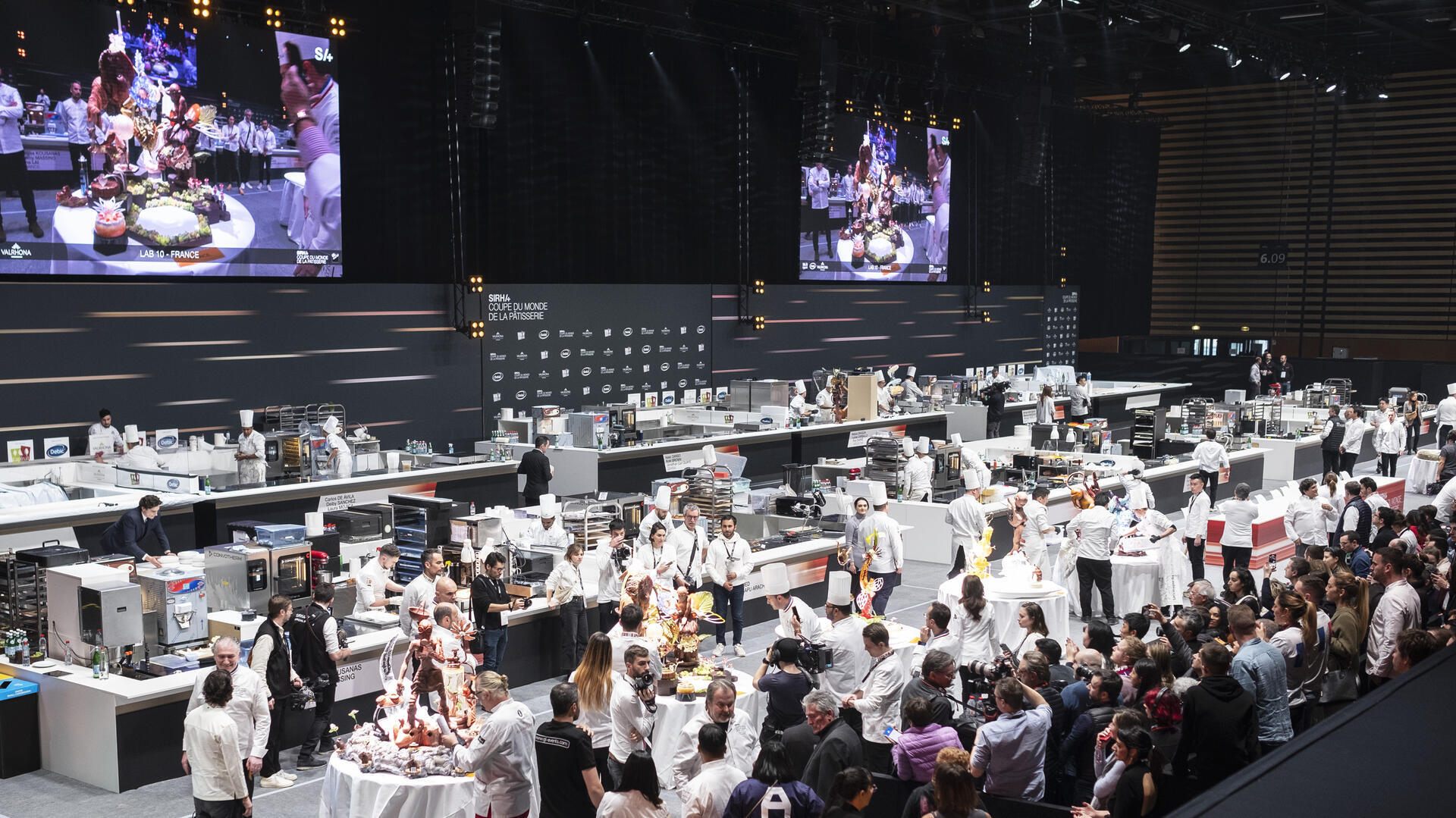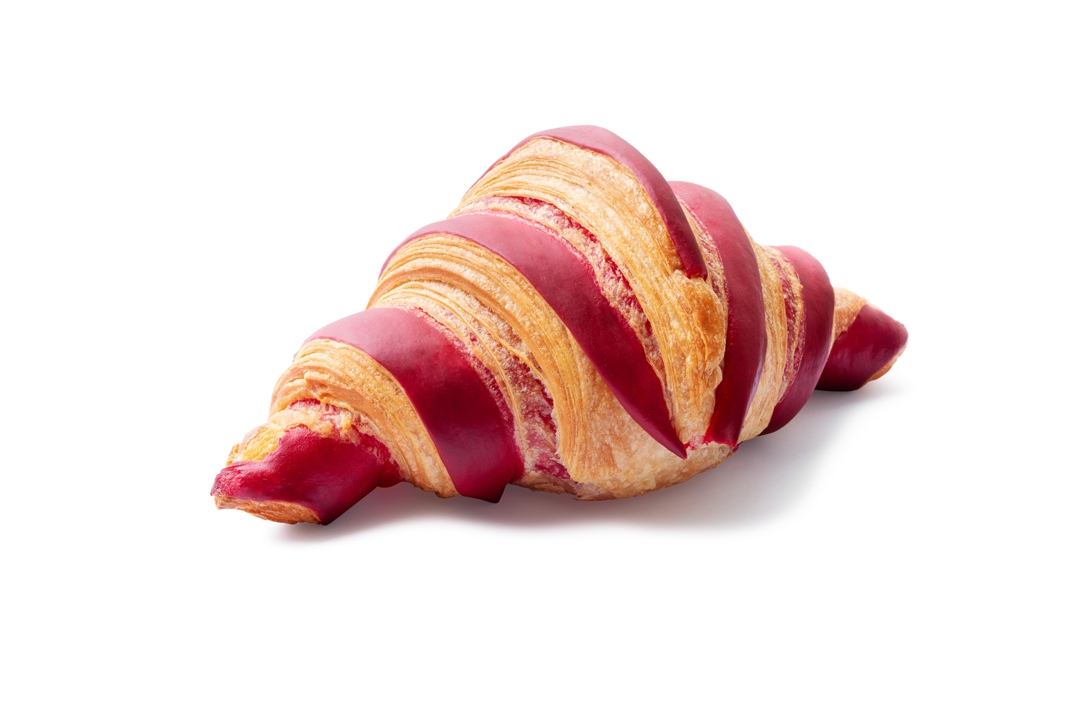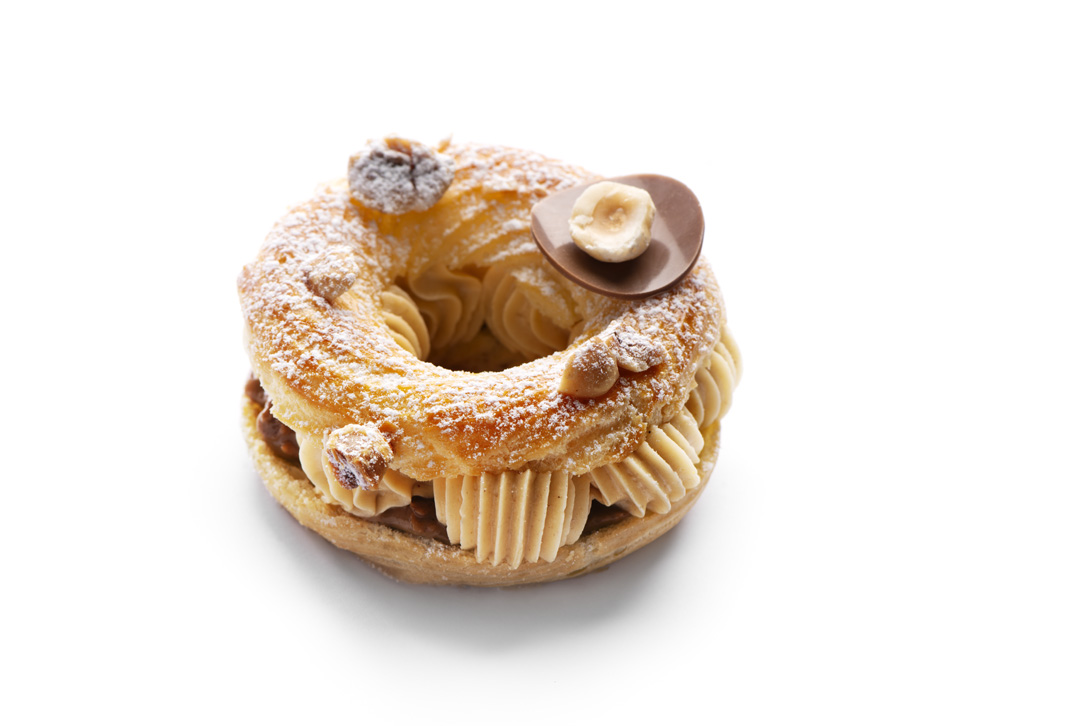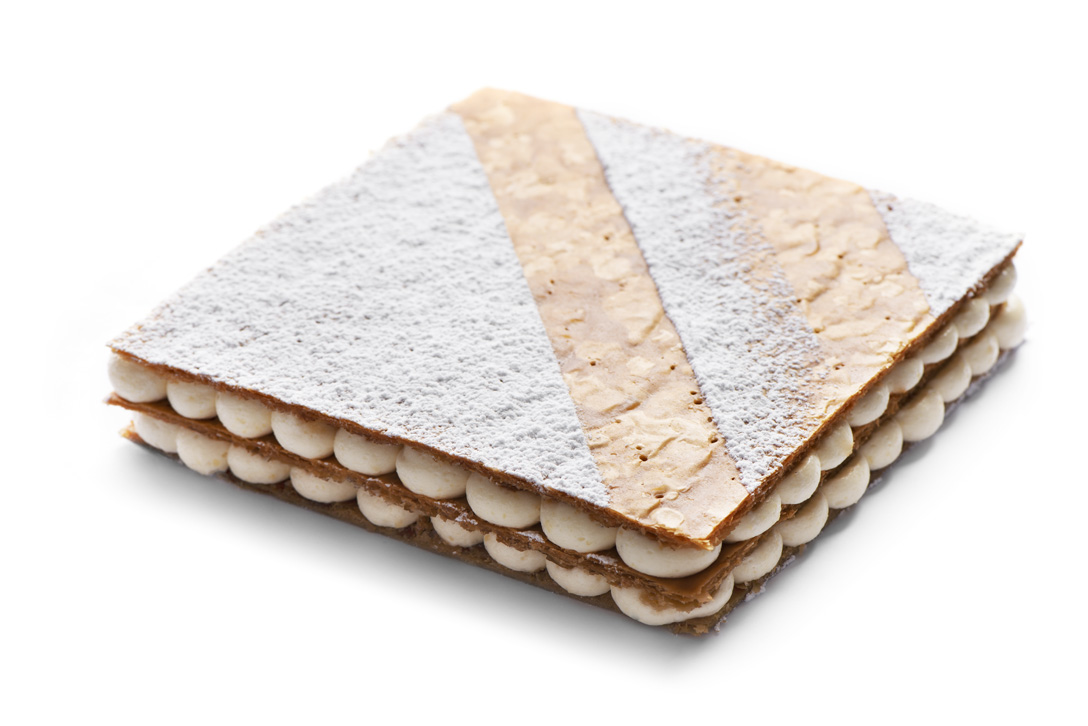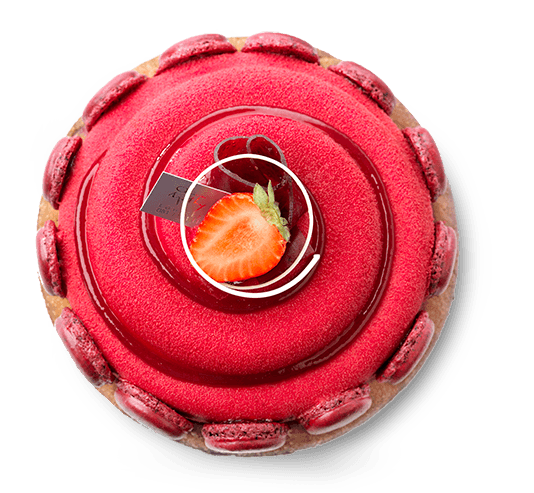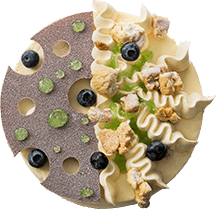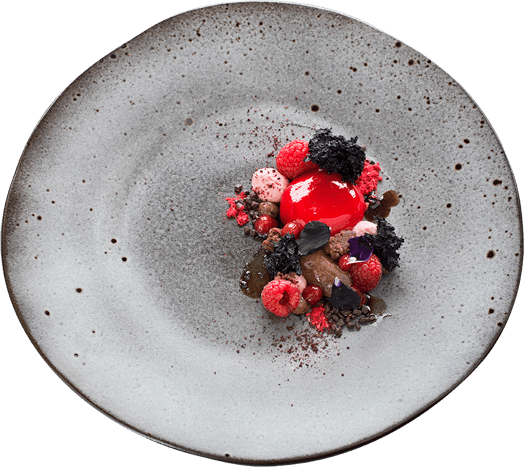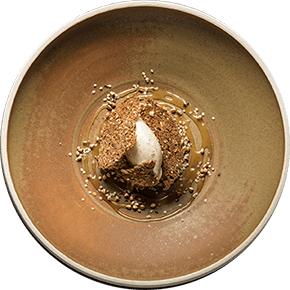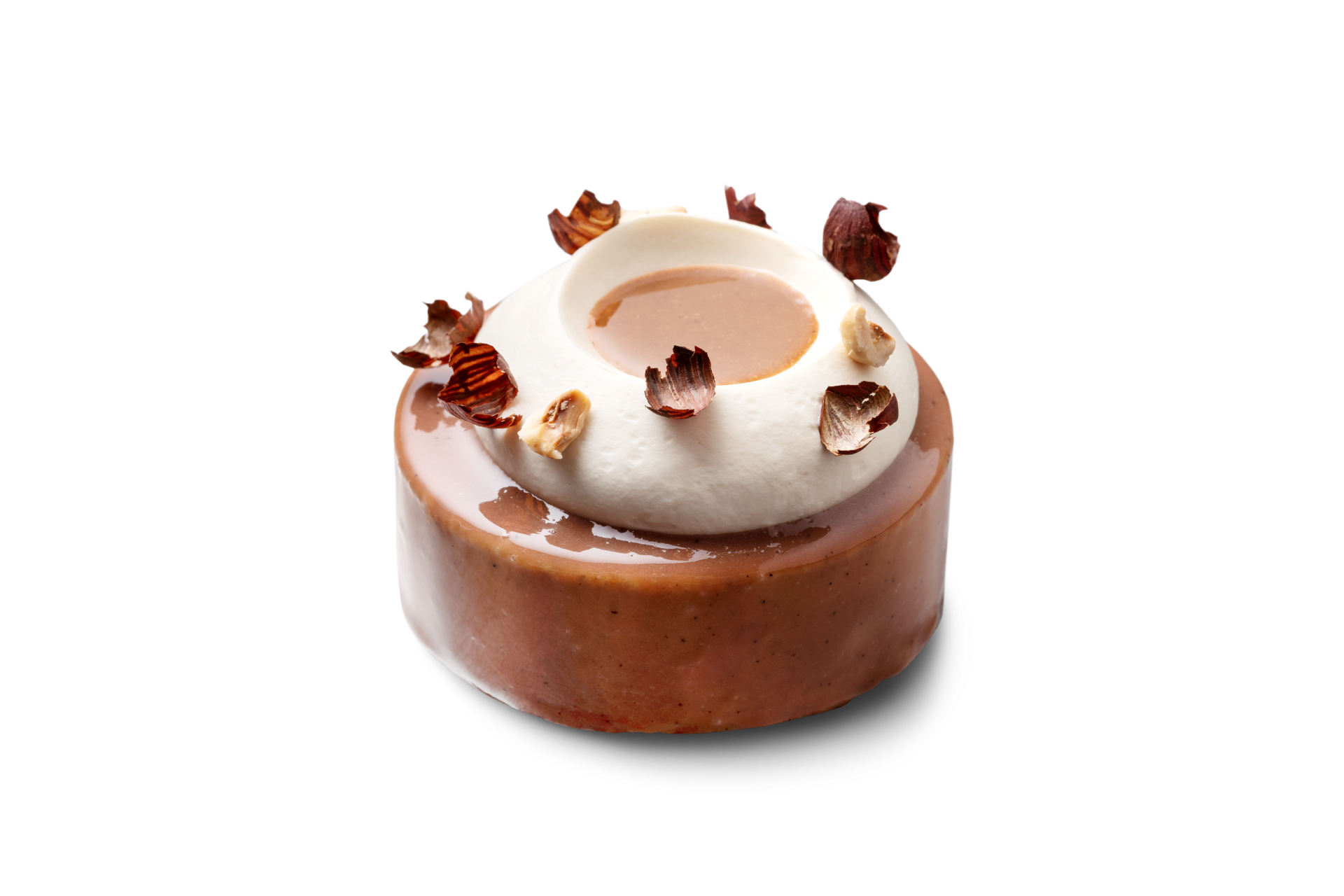Which butter for which pastry? Choosing technical vs traditional butters with Chef Álvarez
Croissants, palmiers, bundt cakes, millefeuilles and panettones: just a handful of the dozens of recipes that the Spanish pastry chef Daniel Álvarez has shared with the world. A good butter is, for Álvarez, the basis of each of these recipes. Butter by Debic, of course: this leading pastry chef knows he can trust it under every circumstance.
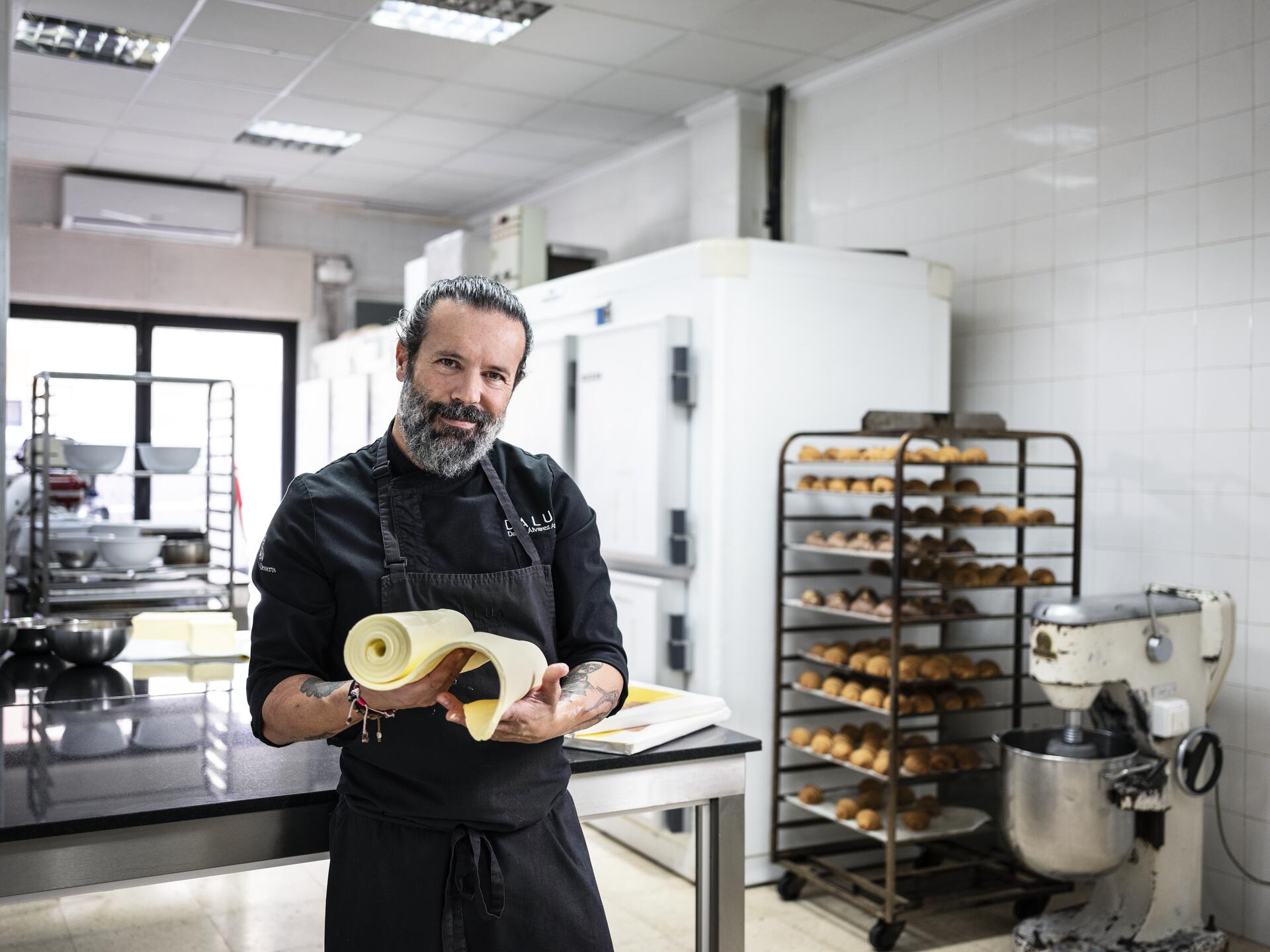
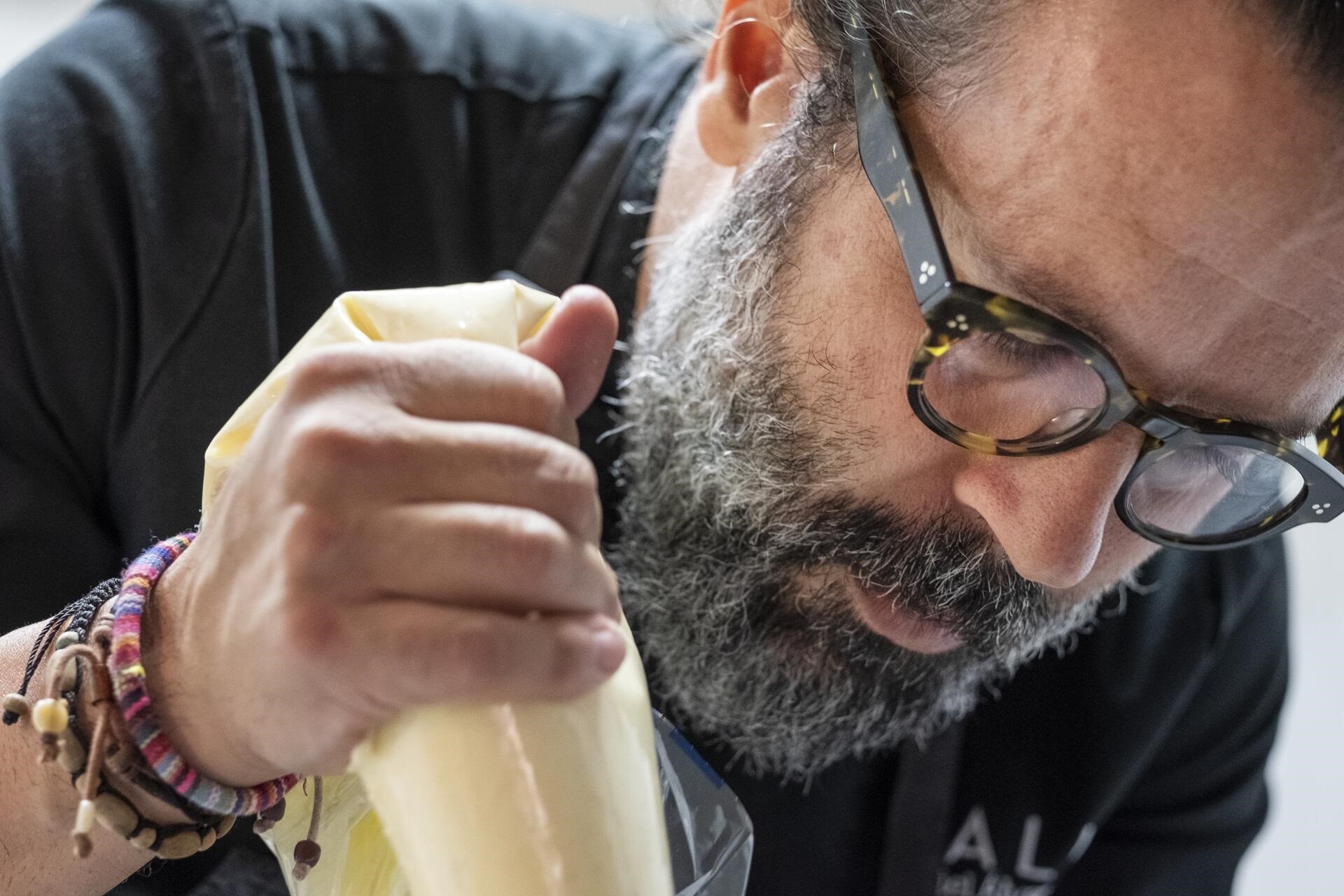
Pastry chef Daniel Álvarez, the owner of the Dalua pastry shop in the Spanish province of Alicante, member of the prestigious association Relais Desserts and an ambassador for Debic, begins every day with a croissant and a café con leche. If the croissant is not good, he will be annoyed about it all day. If it is perfect, then his day cannot go wrong. Puff pastry and brioches deserve a key place in gastronomy, in his view.
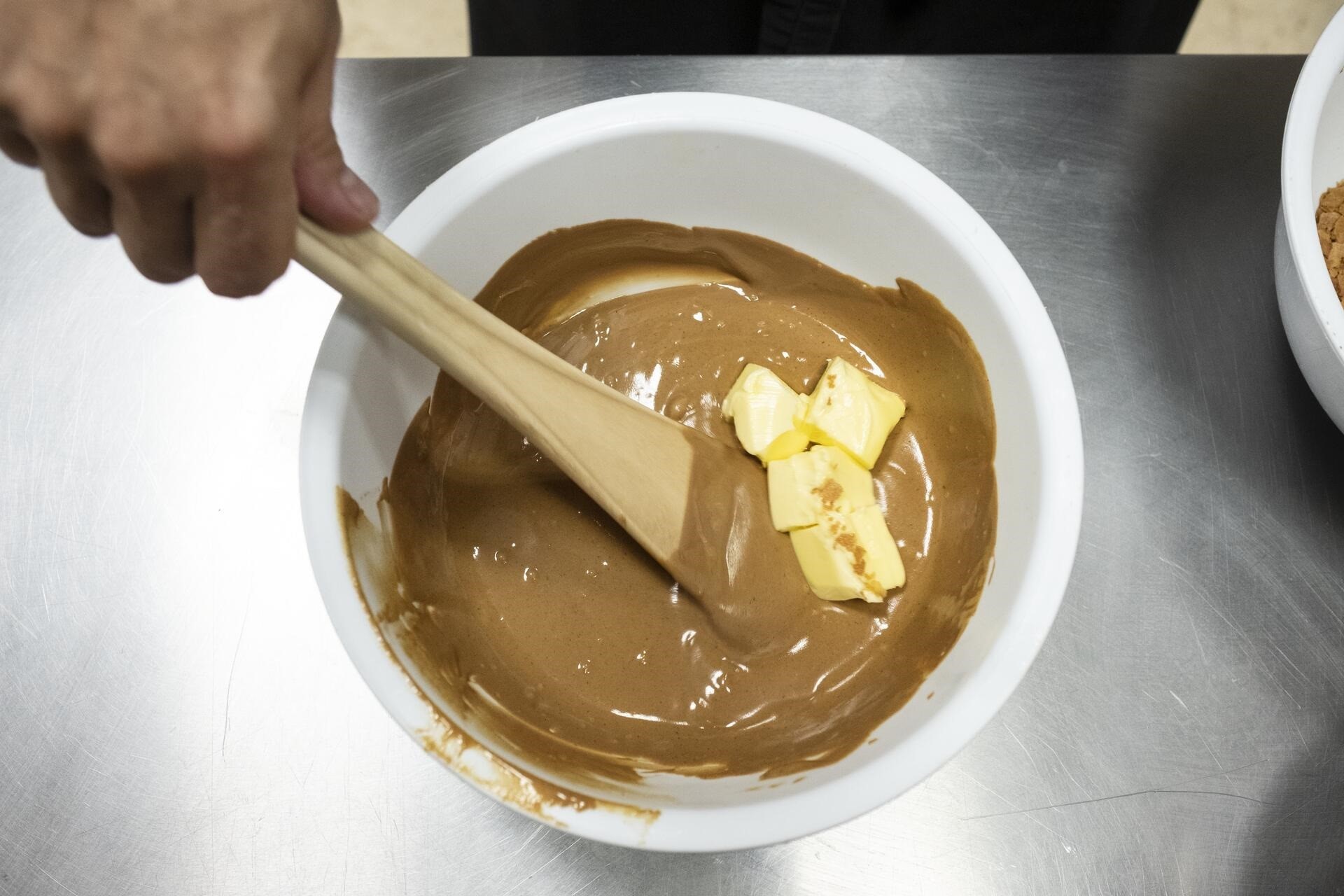
Making good viennoiseries and pastry begins, according to Álvarez, a well-known TV star in Spain, with the choice of good basic ingredients. “One of the most important ingredients of many of my creations is butter. Because I want to work only with products I trust one hundred per cent, I opt for Debic butter. Debic offers me a choice between traditional and technical butter. This is ideal, for that way I can choose a butter that enables me to work in a warm environment, for example. My bakery is cool, but we do also work in Spain. A butter that is able to withstand heat is essential in my bakery.”
Traditional and technical butters
A traditional butter with 82% butter fat is not fractionated. This classic basic butter therefore has a melting point of around 29°C in the summer, and around 34°C in winter. This is due to the fact that in the summer, cows eat grass and in the winter, they are fed hay. A fine, natural phenomenon! But the variable melting point affects the flavour and workability of butter. For example, you can laminate perfectly well with a winter butter. But in a warm bakery in the summer, the room temperature in combination with the lower melting point of the summer butter will make the butter less pliable, which makes it harder to roll out and laminate. Moreover, it is hard to predict when wholesalers will deliver summer or winter butters.A traditional butter with 82% butter fat is not fractionated. This classic basic butter therefore has a melting point of around 29°C in the summer, and around 34°C in winter. This is due to the fact that in the summer, cows eat grass and in the winter, they are fed hay. A fine, natural phenomenon! But the variable melting point affects the flavour and workability of butter. For example, you can laminate perfectly well with a winter butter. But in a warm bakery in the summer, the room temperature in combination with the lower melting point of the summer butter will make the butter less pliable, which makes it harder to roll out and laminate. Moreover, it is hard to predict when wholesalers will deliver summer or winter butters.
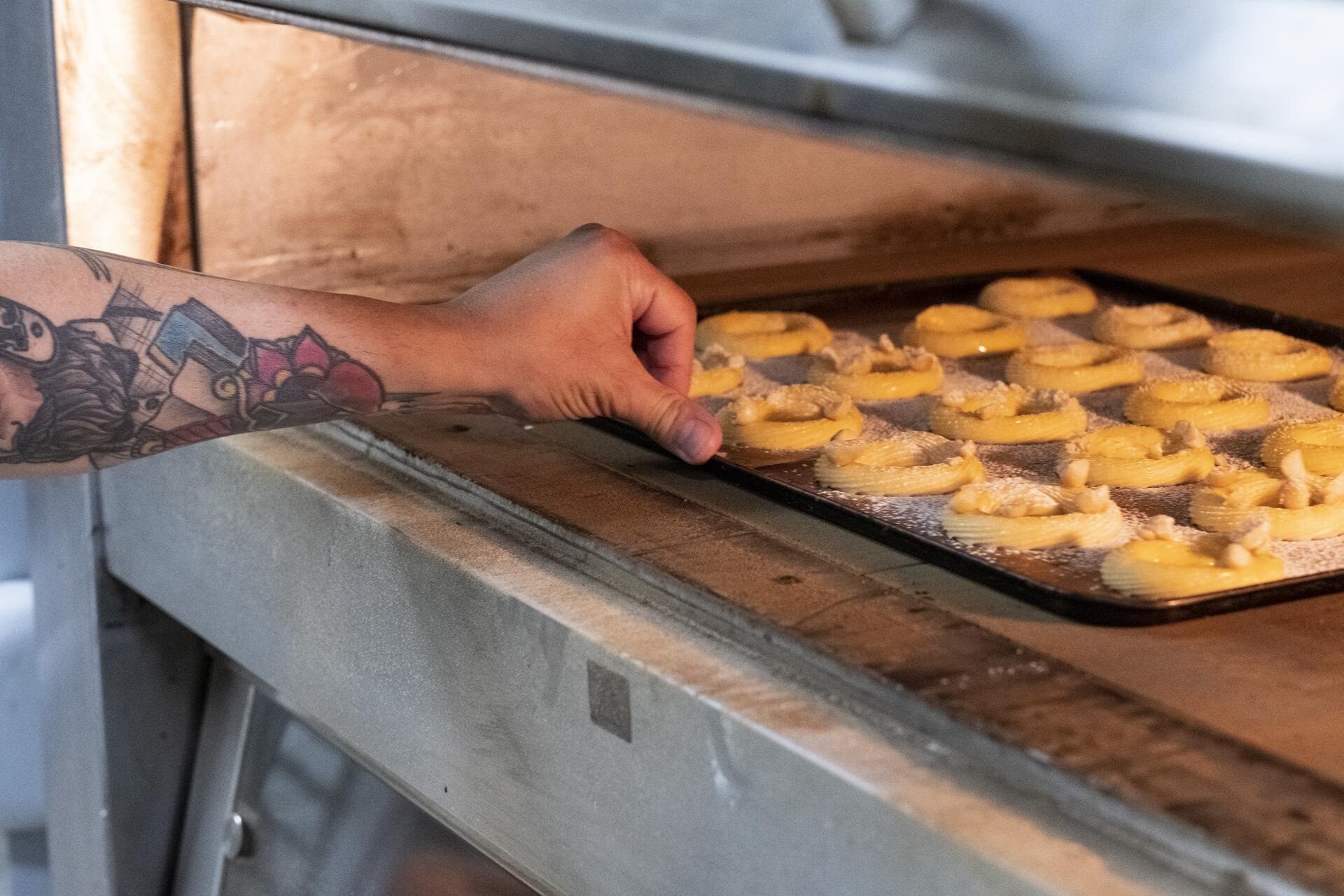
- Debic Crème: 29-31°C
- Debic Brioche: 30-32°C
- Debic Cake Gold: 30-32°C
- Debic Croissant: 34-36°C
- Debic Millefeuille: 38-40°C
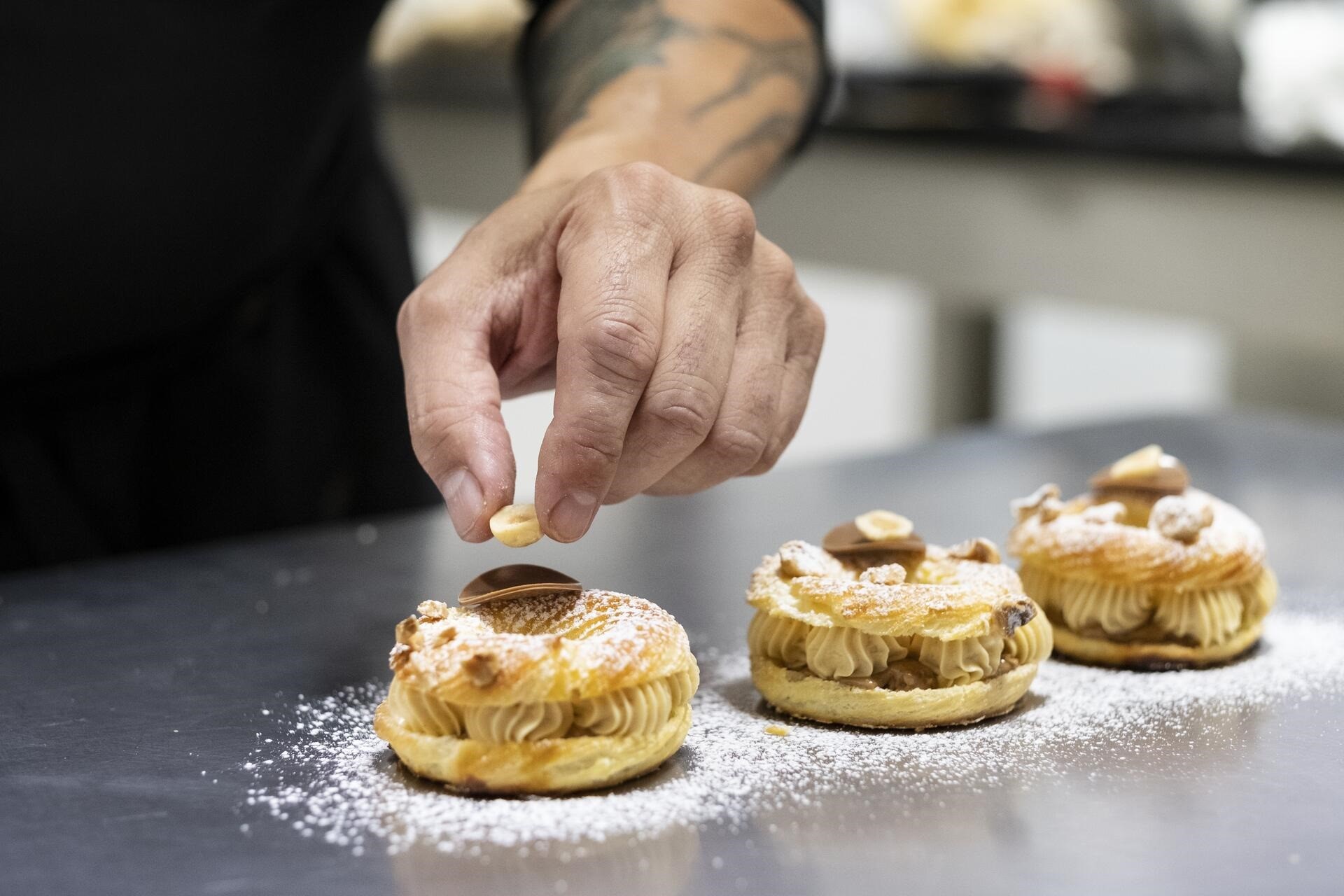
Therefore, Debic offers technical butters developed for specific applications. These butters also consist of 82% butter fat but are fractionated. This means that soft and hard fats are separated by a mechanical process, so that the melting point can be adjusted. This guarantees the end user a constant result. A softer butter is ideal for use in cookies and creams: the cookies are softer and flow nicely, while the creams turn smooth and airy faster and the mouthfeel is soft, which is ideal for things like chocolate fillings. A harder butter is ideal for working at higher ambient temperatures. Debic Cake Gold, Debic Croissant Butter and Debic Millefeuille also contain carotene: this gives cookies and cakes a lovely golden-brown colour, which ensures a delicious end result.
